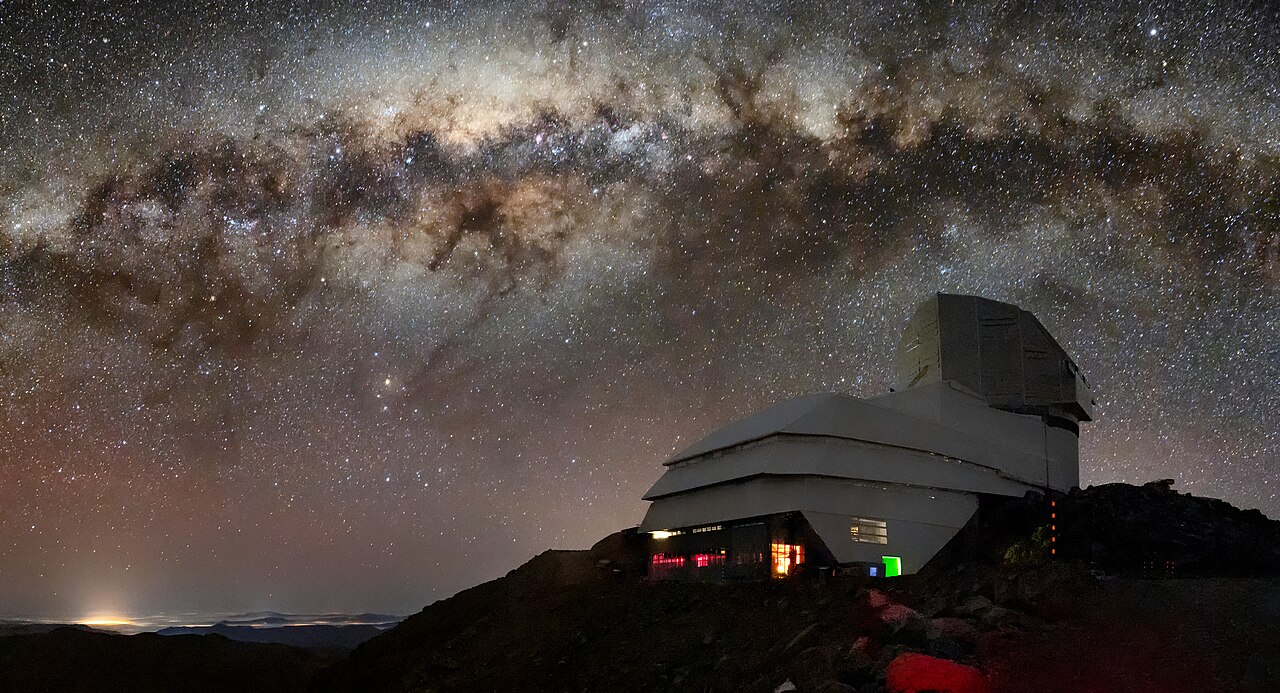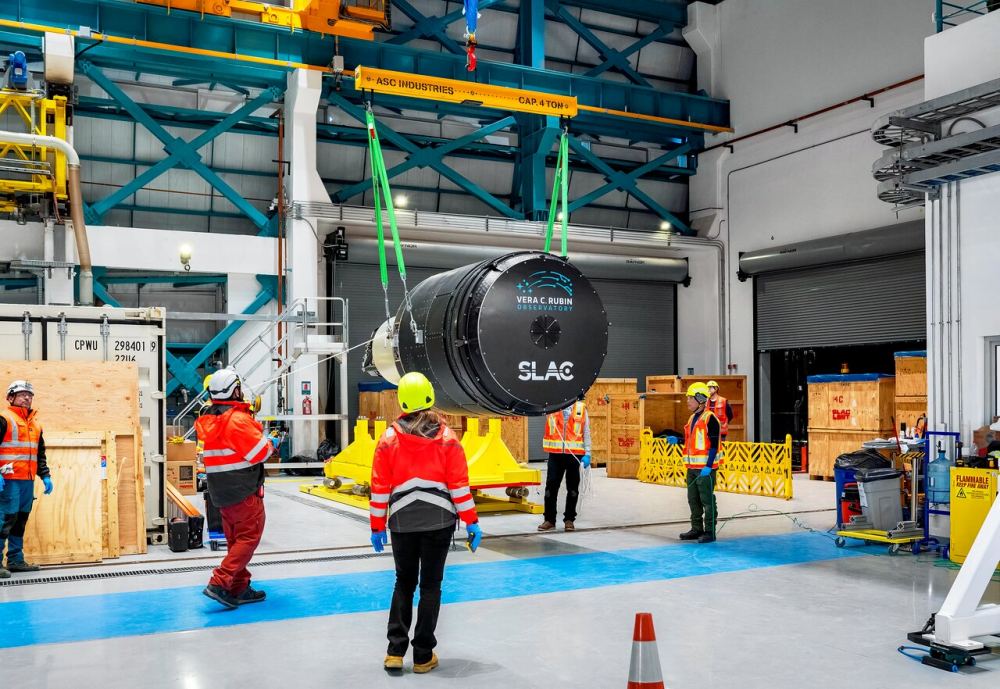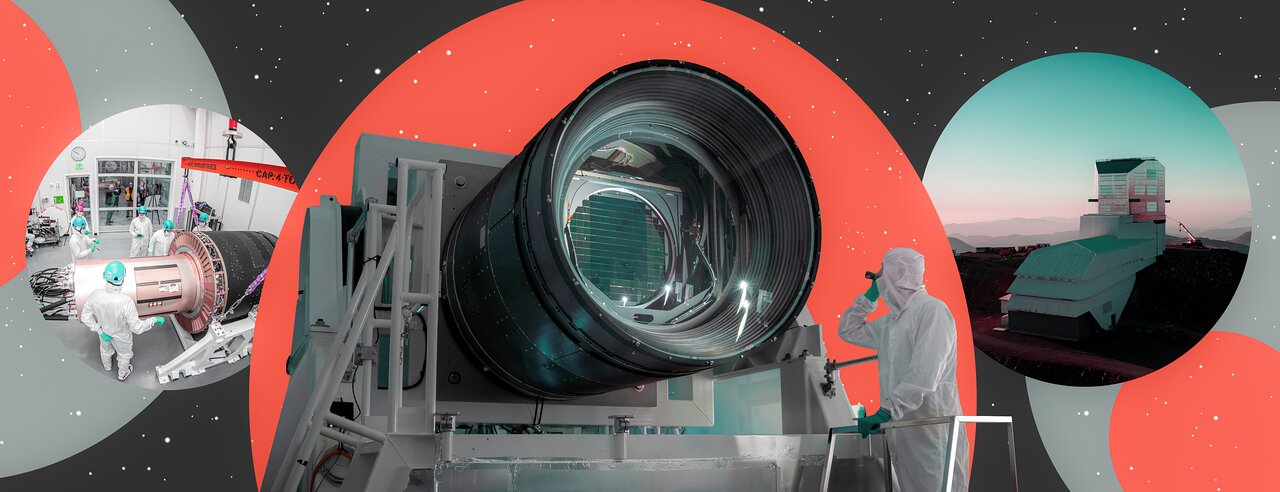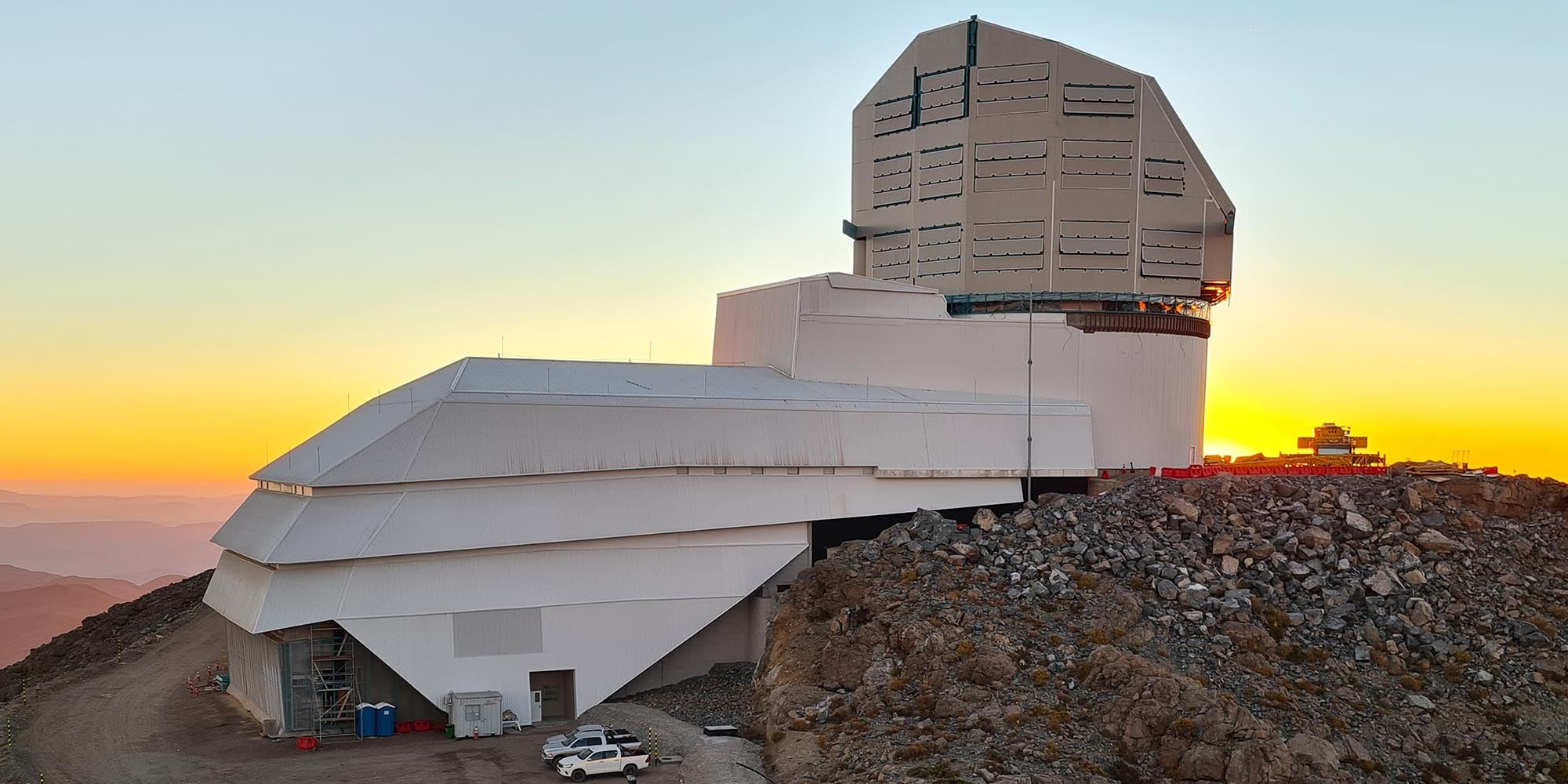After about 10 years of construction, the Vera Rubin Observatory (VRO) is scheduled to see its first light in January 2025. Once it’s up and running, it will begin its Legacy Survey of Space and Time (LSST), a decade-long effort to photograph the entire visible sky every few nights. It’ll study dark energy and dark matter, map the Milky Way, and detect transient astronomical events and small Solar System objects like Near Earth Objects (NEOs).
New research shows the LSST will detect about 130 NEOs per night in the first year of observations.
Continue reading “The Rubin Observatory Will Unleash a Flood of NEO Detections”





